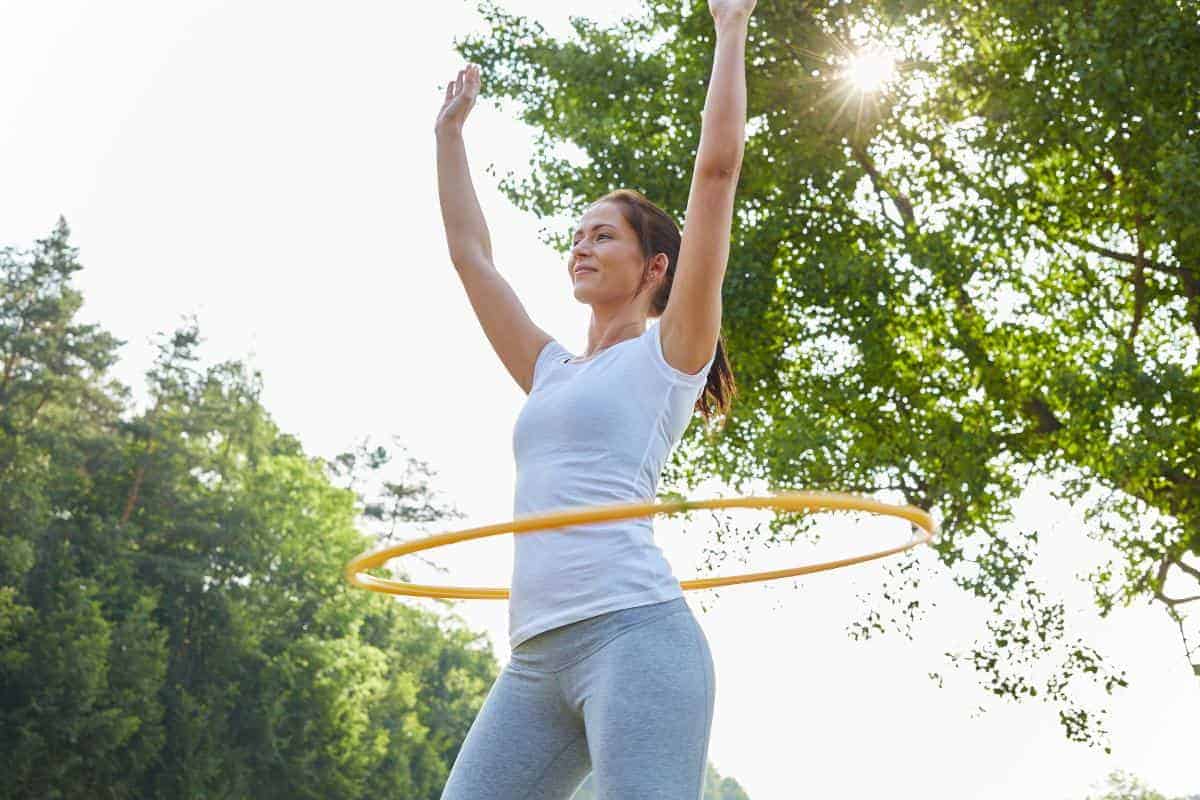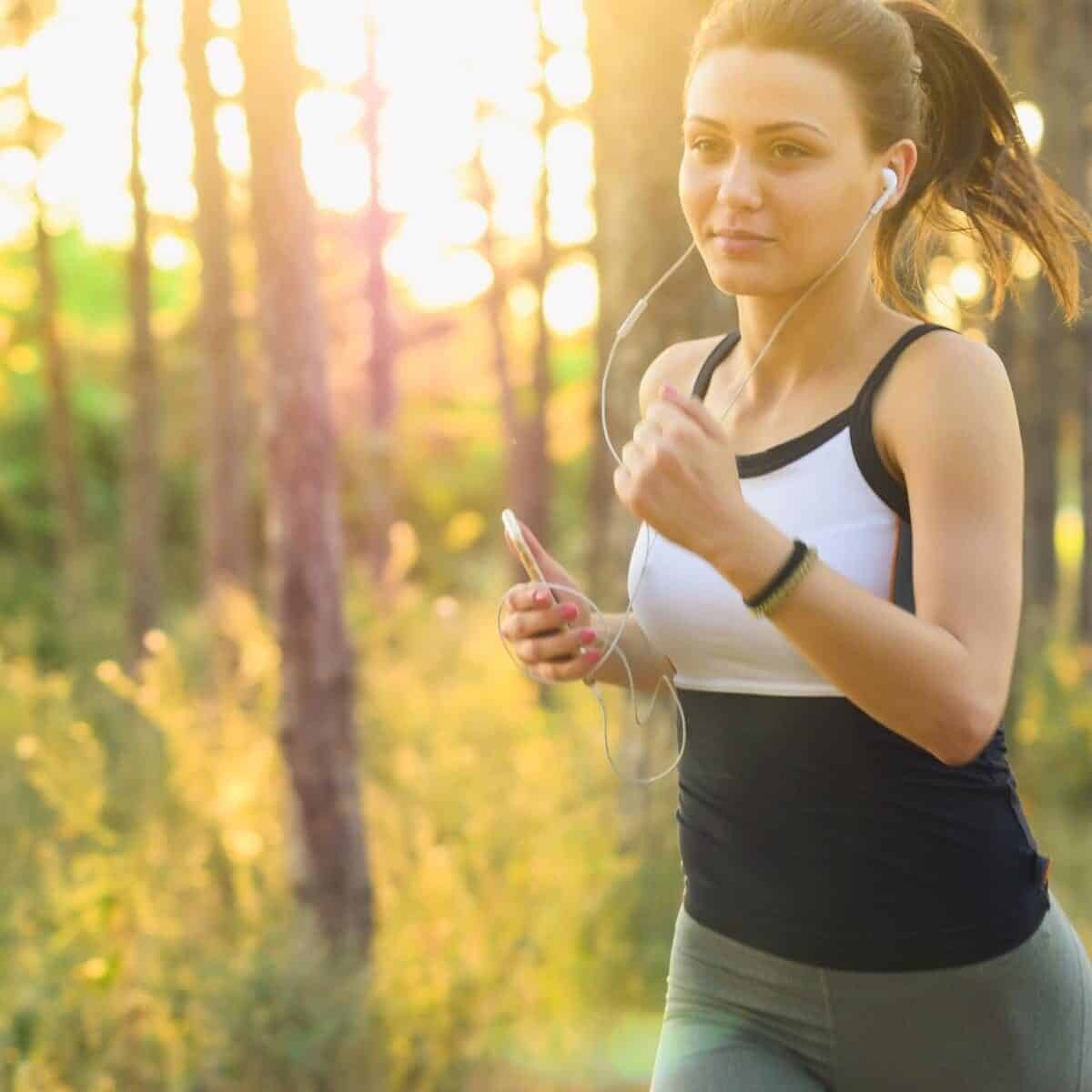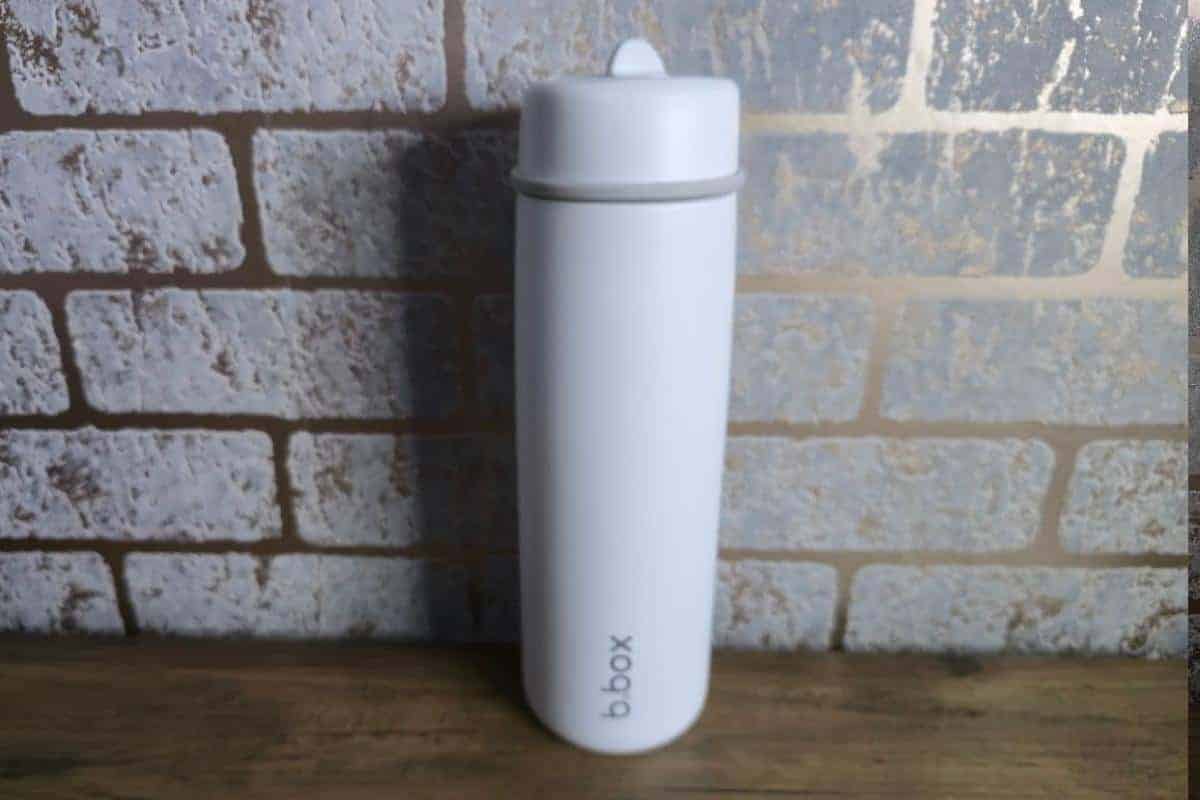Hot Weather Workouts: 12 Ways to Stay Hydrated and Safe
Summer brings longer days, warmer weather, and the perfect excuse to take your workout routine outdoors. But exercising when the heat rises comes with some challenges too. Your body works overtime to cool itself down, and dehydration can sneak up faster than you’d expect.
Staying properly hydrated during hot weather exercise isn’t rocket science. It just requires a bit of planning and a few simple strategies. Whether you’re training for a marathon, on the tennis court, or enjoying a brisk walk in the park, these evidence-based tips will help you stay safe, hydrated, and performing at your best.
Getting your hydration strategy right can mean the difference between a great workout and a trip to A&E.

Why Hydration Matters More in Hot Weather
Your body is roughly 60% water, and every system depends on proper hydration to function. When you exercise in hot weather, your body faces fluid loss.
Heat makes you sweat more. Exercise makes you sweat more. Combine the two, and you can lose up to three litres of fluid per hour through perspiration alone. That’s not including the water you lose through breathing, which also increases during physical activity.
Dehydration of just 2% of your body weight can significantly impact your performance. You’ll feel tired sooner, your heart rate will climb higher, and your body temperature regulation will become less efficient. At 3-4% fluid loss, things get more serious. You might experience dizziness, nausea, or confusion.
The tricky part is that thirst isn’t a reliable indicator of hydration needs during exercise. By the time you feel thirsty, you’re already mildly dehydrated. This is why a proactive approach to hydration for exercise becomes essential.
Start Hydrating Before You Start Sweating
Good exercise hydration begins long before you lace up your trainers. Think of pre-hydration as putting money in the bank before a big purchase.
Aim to drink 400-600ml of fluid 2-3 hours before your workout. This gives your kidneys time to regulate fluid balance and ensures you start exercising in an optimal state. About 15-20 minutes before you begin, have another 200-300ml.
Water works perfectly for most people, but if you’re planning an intense or long session, consider a sports drink with electrolytes. The small amount of sodium helps your body retain fluid more effectively.
Check your urine colour as a simple hydration gauge. Pale yellow like lemonade means you’re well-hydrated. Dark yellow like apple juice suggests you need more fluids.
Avoid the temptation to chug massive amounts of water right before exercise. Your stomach will feel sloshy, and you’ll spend more time looking for a toilet than focusing on your workout.
Drinking During Exercise
Once you’re moving, your hydration strategy shifts to maintenance mode. The goal is to replace fluids at roughly the same rate you’re losing them through sweat.
For most people doing moderate exercise, 150-250ml every 15-20 minutes works well. That’s about 4-6 gulps if you’re counting. Set a timer on your watch or phone if you tend to forget.
Don’t wait until you feel thirsty. Make drinking a scheduled part of your workout routine, just like warming up or cooling down. If you’re doing stop-start activities like tennis or football, use natural breaks to rehydrate.
Sports drinks become more valuable during longer sessions (over an hour) or particularly intense workouts. They replace both fluids and electrolytes, and the carbohydrates can provide extra energy. For shorter sessions, water is the best choice for staying hydrated.
Listen to your body’s signals. Headaches, dizziness, or unusual fatigue can all indicate dehydration creeping in. When in doubt, take a drink break.

Choose Your Fluids Wisely
Not all drinks are created equal when it comes to hot weather workout tips. Water forms the backbone of any good hydration strategy, but sometimes you need more sophisticated options.
Sports drinks shine during longer or more intense exercise sessions. They typically contain 6-8% carbohydrates and essential electrolytes like sodium and potassium. This combination helps maintain blood sugar levels and replaces minerals lost through sweat.
Coconut water has gained popularity as a natural alternative. It contains potassium and other electrolytes, though less sodium than most sports drinks. It works well for moderate exercise but might not be sufficient for heavy sweating sessions.
Avoid alcohol, caffeine, and high-sugar drinks before and during exercise. Alcohol is a diuretic that promotes fluid loss. While moderate caffeine can enhance performance, large amounts can increase urine production. Sugary drinks can cause stomach upset and don’t hydrate as effectively as properly formulated sports drinks.
Milk, particularly chocolate milk, makes an excellent post-workout recovery drink. It provides protein for muscle repair, carbohydrates to replenish energy stores, and fluid for rehydration.
Pre-Exercise Hydration
Your hydration strategy should begin the day before intense exercise in hot weather. Think of it as laying the groundwork for success.
The evening before a big workout or competition, focus on steady fluid intake throughout the day. Don’t try to force down litres of water all at once. Instead, sip regularly from a water bottle you carry with you.
Include foods with high water content in your meals. Watermelon, cucumber, oranges, and lettuce all contribute to your fluid intake while providing valuable nutrients.
Monitor your morning urine colour as a hydration checkpoint. If it’s dark, you need more fluids before exercising. Give yourself extra time to hydrate properly rather than rushing into a workout in a dehydrated state.
Consider weighing yourself before exercise. This baseline weight helps you monitor fluid losses during your workout and guides your rehydration strategy afterwards.
Eat a light meal 2-3 hours before exercise that includes some sodium. This helps your body retain fluids more effectively than drinking plain water alone.

Post-Workout Recovery
What you do after exercise is just as important as your during-workout hydration strategy. Your body continues losing fluids through sweat even after you stop moving, and you need to replace what you’ve lost.
Weigh yourself after exercise (without clothes if possible) and compare it to your pre-exercise weight. For every kilogram lost, aim to drink 1.2-1.5 litres of fluid over the next few hours. This accounts for ongoing fluid losses and helps restore proper hydration levels.
Don’t try to replace all fluids immediately. Spreading your rehydration over several hours is more effective and comfortable than forcing down large volumes at once.
Include some sodium in your post-exercise rehydration strategy. This could be through a sports drink, a pinch of salt in water, or simply eating salty foods with your fluids. Sodium helps your kidneys retain the fluids you’re drinking.
Monitor your urine colour over the following hours. You should see it gradually return to that pale yellow colour that indicates good hydration.
Time Your Exercise
Sometimes the best hydration strategy is avoiding the worst conditions altogether. Planning your workouts around the weather can significantly reduce your hydration challenges.
Exercise early in the morning or later in the evening when temperatures are cooler. The hour after sunrise and the hour before sunset often provide the most comfortable conditions for outdoor activities.
Check the humidity levels, not just the temperature. High humidity makes it harder for sweat to evaporate, which reduces your body’s cooling efficiency. A moderately warm day with high humidity can be more challenging than a hotter day with low humidity.
Seek shade when possible. Parks with tree cover, covered courts, or even indoor facilities become more attractive options when the sun is blazing.
Consider breaking longer workouts into shorter segments with extended rest periods in cool areas. This might mean doing intervals with longer recovery breaks or splitting a long run into two shorter sessions.
Electrolytes
Sweat isn’t just water. It contains valuable electrolytes that your body needs to function properly. Sodium, potassium, magnesium, and chloride all play crucial roles in muscle function, nerve transmission, and fluid balance.
During heavy sweating, you can lose 200-700mg of sodium per litre of sweat. This varies significantly between individuals, but it explains why plain water sometimes isn’t enough for staying hydrated during intense exercise.
Sports drinks typically contain 100-200mg of sodium per 250ml serving, along with smaller amounts of potassium and other electrolytes. This formulation helps replace what you lose through sweat while encouraging fluid retention.
For exercise lasting less than an hour, electrolyte replacement usually isn’t necessary. Your body’s stores can handle short-term losses, and regular meals will replace what you’ve used.
Longer sessions, particularly in hot conditions, benefit from electrolyte replacement during exercise. Watch for signs of electrolyte imbalance like muscle cramps, weakness, or confusion.

Recognise the Warning Signs
Knowing when hydration strategies aren’t working can prevent minor problems from becoming serious issues. Your body provides clear signals when fluid balance goes awry.
Early dehydration symptoms include thirst (obviously), dry mouth, reduced urine output, and darker urine colour. You might also notice increased fatigue or a slight headache.
Moderate dehydration brings more concerning symptoms: dizziness, rapid heartbeat, reduced sweating despite heat, and difficulty concentrating. These signs mean it’s time to stop exercising and focus on rehydration.
Severe dehydration is a medical emergency. Symptoms include confusion, high fever, rapid breathing, and little or no urine production. If you or someone else experiences these symptoms, seek immediate medical attention.
Heat exhaustion and heat stroke are closely related to dehydration. Cool, clammy skin with heavy sweating suggests heat exhaustion. Hot, dry skin with little sweating indicates the more dangerous heat stroke.
Trust your instincts. If something feels wrong during hot weather exercise, it probably is. There’s no shame in cutting a workout short to stay safe.
Hydration Myths That Need Debunking
Several persistent myths about exercise hydration can actually harm your performance and safety. Let’s set the record straight on some common misconceptions.
Myth: Clear urine means perfect hydration. While pale yellow urine indicates good hydration, completely clear urine might suggest overhydration, which brings its own problems.
Myth: Thirst is a reliable hydration guide during exercise. Thirst lags behind your actual fluid needs, especially during intense activity. By the time you feel thirsty, you’re already mildly dehydrated.
Myth: Sports drinks are always better than water. For exercise under an hour, water is usually sufficient. Sports drinks provide benefits mainly during longer or more intense sessions.
Myth: You can’t drink too much water. Overhydration, or hyponatraemia, can be as dangerous as dehydration. Drinking excessive amounts of plain water dilutes your blood sodium to dangerous levels.
Myth: Caffeine causes dehydration during exercise. While caffeine has mild diuretic effects, moderate amounts don’t significantly impact hydration status during exercise.

Create Your Personal Hydration Plan
Every person sweats differently and has unique hydration needs. Creating a personalised strategy improves both safety and performance.
Track your sweat rate during different types of exercise and weather conditions. Weigh yourself before and after workouts to understand your typical fluid losses. This data helps you plan more accurate replacement strategies.
Experiment with different fluids during training to find what works best for your stomach and taste preferences. What tastes great at room temperature might be unpalatable when you’re hot and sweaty.
Practice your hydration strategy during training sessions rather than trying new approaches during important events or races. Your digestive system needs time to adapt to different fluid intake patterns.
Consider your individual risk factors. Certain medications, medical conditions, or previous heat-related illnesses might require modified hydration strategies. Consult healthcare professionals if you have concerns.
Keep detailed records of what works and what doesn’t. Note fluid types, quantities, timing, and how you felt during and after exercise. This personal database becomes invaluable for refining your approach.
When Exercise Conditions Become Too Extreme
Sometimes the smartest hydration strategy is recognising when conditions are too dangerous for outdoor exercise. No amount of fluid replacement can overcome truly extreme heat and humidity.
Heat index values above 32°C (90°F) require extra caution and modified exercise plans. Above 40°C (105°F), outdoor exercise becomes dangerous even with perfect hydration strategies.
High humidity compounds heat stress significantly. A combination of high temperature and high humidity creates conditions where sweat can’t evaporate effectively, overwhelming your body’s cooling system.
Air quality also affects exercise safety in hot weather. Poor air quality combined with heat stress places additional strain on your cardiovascular and respiratory systems.
Consider indoor alternatives when conditions become extreme. Swimming pools, air-conditioned gyms, and even shopping centres provide climate-controlled environments for staying active.
Safe Hot Weather Exercise
Staying hydrated during hot weather exercise requires planning, awareness, and flexibility. Start hydrating well before you exercise, maintain steady fluid intake during activity, and focus on complete recovery afterwards.
Remember that perfect hydration strategies develop over time through experimentation and experience. What works for your training partner might not work for you, and what works in spring might need adjustment for summer conditions.
Pay attention to your body’s signals, respect the limits imposed by extreme weather, and don’t hesitate to modify or postpone exercise when conditions become dangerous.
Your health and safety matter more than any single workout. With proper preparation and smart hydration strategies, you can continue enjoying exercise throughout the hottest months while staying safe and performing well.